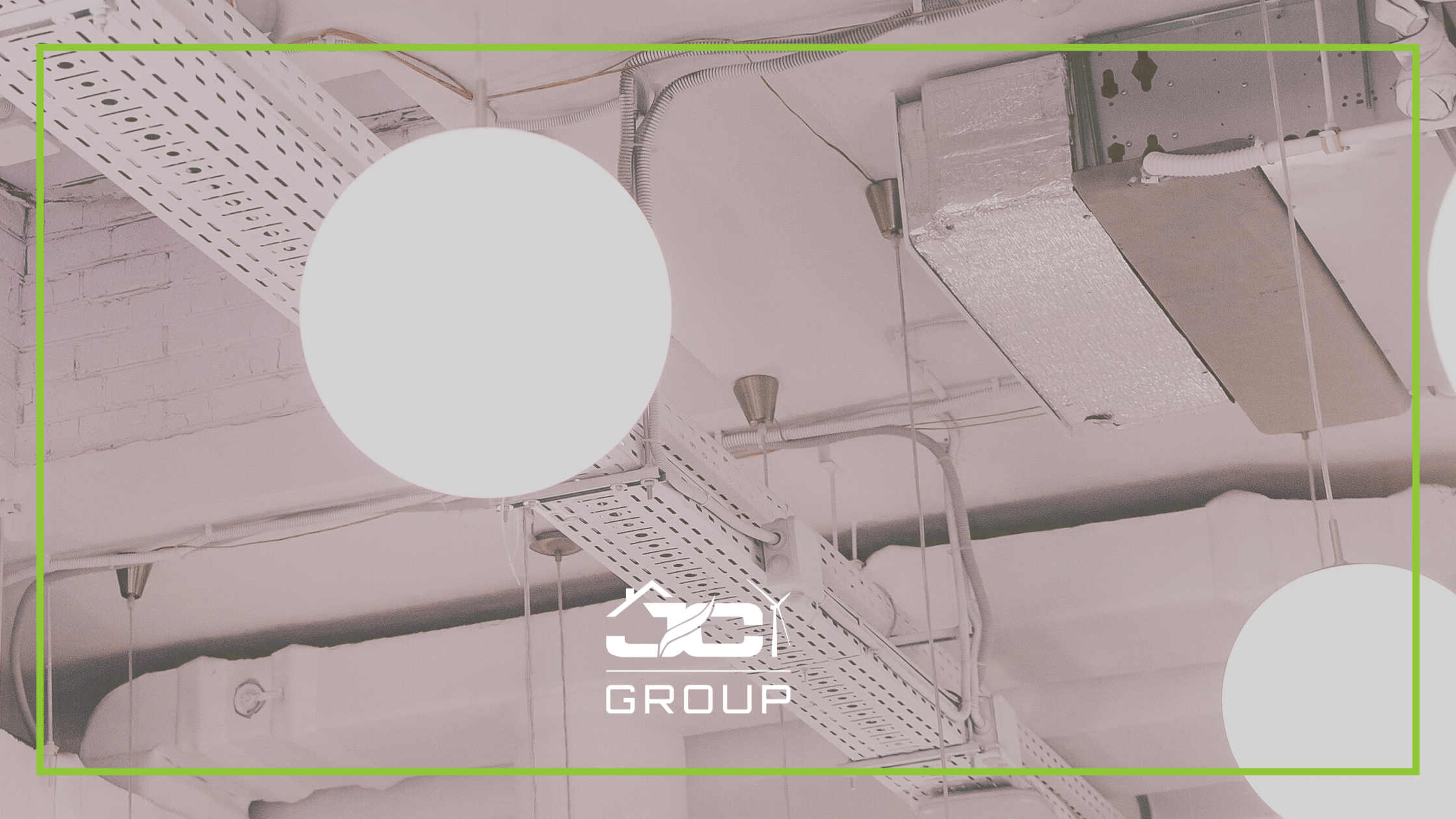Imagine a workplace where energy isn’t wasted, where lighting only turns on when it’s truly needed, and where cost savings are achieved not through complex strategies but with one simple change. That’s the power of motion sensor lighting—a smart solution with benefits that extend far beyond the switch.
For Facility Managers and Operational Directors, the advantages of motion-activated lighting systems go beyond energy conservation. They represent a broader shift towards intelligent energy management, cost efficiency, and safety compliance. In this article, we’ll explore how motion lighting can benefit your business—financially, environmentally, and operationally.
What Is Motion Lighting?
Motion lighting, also known as occupancy-sensor lighting, refers to a lighting system that automatically turns on when motion is detected and switches off after a period of inactivity. These systems use a variety of sensor technologies to detect movement within a space and ensure that lights are only active when the area is occupied.
The most common types of motion sensors include:
- Passive Infrared (PIR) Sensors – Detect body heat and are ideal for enclosed indoor spaces such as offices, meeting rooms, and toilets.
- Ultrasonic Sensors – Emit high-frequency sound waves that detect movement based on reflected signals. These are better suited to larger or oddly shaped areas.
- Dual-Technology Sensors – Combine PIR and ultrasonic detection for enhanced reliability and reduced false triggering.
Motion lighting systems can be integrated into ceiling fixtures, wall switches, external floodlights, and even smart building management systems, allowing you to control and monitor usage with precision.
Substantial Cost Savings
One of the most immediate and tangible benefits of installing motion sensor lighting is the reduction in electricity consumption. Studies and audits carried out across various industries show that motion lighting can reduce lighting energy use by up to 60%, depending on building type and usage patterns.
In a typical office environment, lights are often left on in unoccupied areas such as meeting rooms, bathrooms, corridors, and storage rooms. Even short periods of unnecessary lighting can add up over time. By automating lighting, businesses ensure that energy is used only when necessary, significantly reducing waste and cutting down on monthly utility bills.
For businesses operating at scale or across multiple locations, the savings can amount to thousands of pounds per year, just from lighting control alone.
Enhanced Safety and Comfort
Motion sensor lighting is not only about efficiency—it also plays a vital role in workplace safety. Automatically activated lighting enhances visibility in key areas such as stairwells, basements, car parks, and external walkways. These areas are often poorly lit or used at irregular hours, increasing the risk of trips, falls, or even criminal activity.
By ensuring that lights come on the moment movement is detected, motion lighting improves accessibility and reduces the risk of accidents. For lone workers, early-morning staff, or employees leaving late at night, having instant lighting in otherwise dark spaces creates a more secure environment and fosters peace of mind.
In emergencies, too, motion lighting can support rapid evacuation and visibility in case of fire or electrical fault—especially when integrated with backup power systems.
A Greener, More Sustainable Business
Corporate sustainability is no longer just a buzzword—it’s an expectation. Businesses are under increasing pressure to reduce their environmental impact and meet ESG (Environmental, Social and Governance) targets. Motion lighting is a simple and effective way to support those objectives.
Reducing energy use directly contributes to lower carbon emissions. If every light in your building is used only when it’s genuinely needed, the reduction in electricity consumption is not just noticeable in your bill—it’s also measurable in your environmental reporting. Moreover, intelligent lighting solutions can be integrated with broader energy management systems, allowing for more comprehensive sustainability reporting and future planning.
Installing motion lighting may also help businesses comply with regulations such as ISO 50001 (energy management) and gain green building certifications like BREEAM or LEED, enhancing both reputation and competitive advantage.
Lower Maintenance Costs and Longer Equipment Life
When lights are in constant use, bulbs and fixtures degrade more quickly. This means more frequent replacements, more maintenance labour, and greater expenditure on lighting components. Motion lighting naturally extends the life of your lighting systems by significantly reducing their operating hours.
By only being activated when necessary, lighting components are subject to less wear and tear. Over time, this translates into fewer maintenance callouts, reduced replacement costs, and less disruption to your daily operations.
For Facility Managers juggling numerous tasks and reactive issues, knowing that a building’s lighting system is running efficiently in the background offers reassurance and frees up time and budget for more strategic tasks.
Scalable and Easy to Implement
You don’t have to overhaul your entire building to start benefiting from motion lighting. The beauty of this technology lies in its flexibility. Systems can be implemented in phases, starting with high-impact areas such as:
- Meeting rooms
- Bathrooms
- Corridors and stairwells
- Utility closets
- Storage rooms
- Staff kitchens or break rooms
- Outdoor areas and car parks
From here, the system can be expanded as needed. Motion sensors are also compatible with most existing wiring and fixtures, so you can often retrofit them into your current infrastructure with minimal disruption.
Modern smart lighting systems can also be adjusted remotely or linked to mobile apps and central dashboards, giving managers real-time control over usage and performance.
Intelligent Integration and Reporting
Motion sensor systems are increasingly being integrated into wider Building Management Systems (BMS). This means they don’t just operate in isolation—they contribute to a data-rich, connected building environment.
Lighting usage data can be tracked and analysed to identify occupancy trends, uncover inefficiencies, and inform broader decisions about building use. For example, if motion data shows a particular area is underused, you might reallocate that space, adjust heating or ventilation, or reduce cleaning services there.
This data-driven approach supports not just energy savings but overall operational optimisation—a key benefit for businesses seeking to make informed decisions about facility management.
Financial Incentives and Compliance
In some regions, businesses may be eligible for grants or incentives for energy-saving improvements such as motion lighting. Schemes like the SEAI grant in Ireland can help offset installation costs and accelerate return on investment.
Additionally, incorporating motion lighting may support compliance with legal and building code requirements around energy use, safety, and accessibility—giving you one less thing to worry about during audits or inspections.
Summary: A Small Upgrade with a Big Impact
Motion lighting is one of the simplest, yet most effective, changes a business can make to improve operational efficiency, reduce energy costs, and contribute to sustainability goals. From car parks to corridors, from restrooms to boardrooms, this intelligent lighting solution pays dividends wherever it is applied.
Whether you’re managing a small office, a large commercial building, or a portfolio of sites, motion lighting provides a fast, scalable solution with long-term benefits.
At JC Group, we specialise in helping businesses like yours implement smart, cost-effective electrical solutions. Our team can assess your building’s needs, recommend appropriate technology, and ensure seamless installation and integration.
If you’re ready to reduce your energy bills, extend equipment lifespan, and support a safer and greener workplace, get in touch with us today.
Let’s make your building brighter, safer, and smarter—while saving you money.
Need a partner for your electrical work?
Contact JC Group today to discuss your electrical projects.




